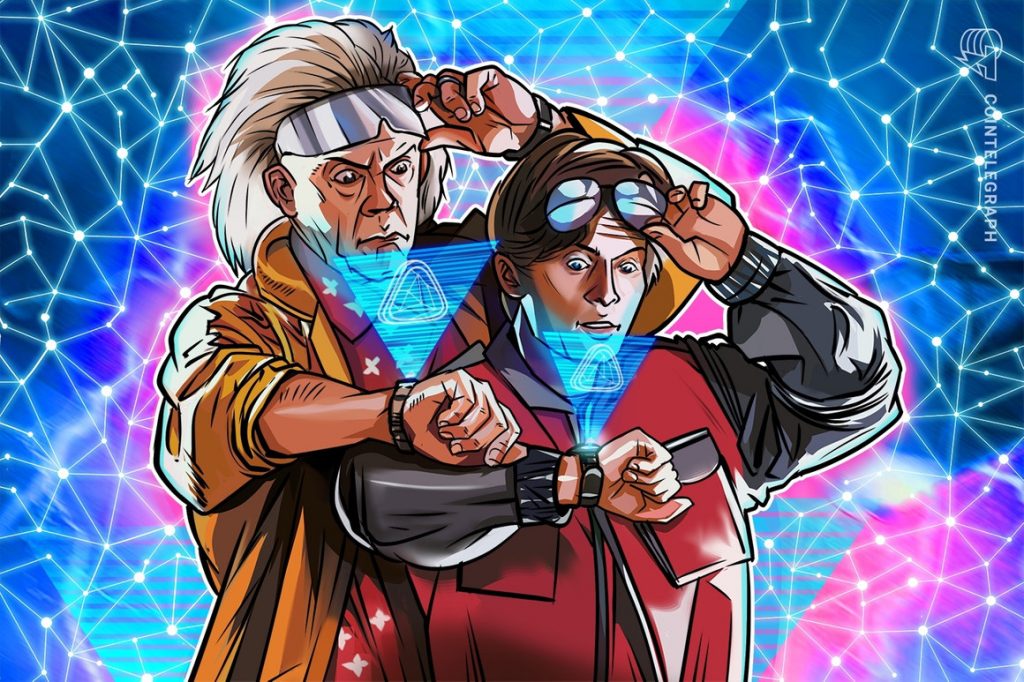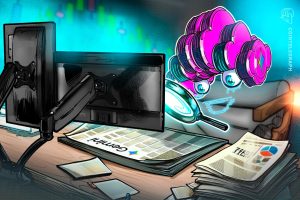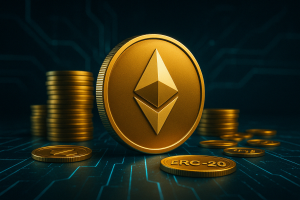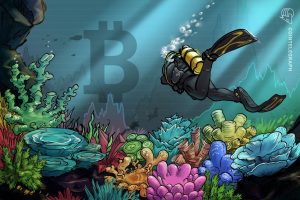The next generation of NFTs will be streamlined and trustworthy

Nonfungible tokens (NFTs) have been in the headlines for the past few years. While swaths of the population have tried to get their head around why NFTs exist, demand has soared, institutions have been built, and the lingo has entered our collective consciousness.
There is an elephant in the room, though: NFTs are difficult to use and a majority of them are digital snake oil. But these problems create the opportunity to provide answers. The accessibility and legitimacy of NFTs are both ripe for change. As funding pours into the space, the market is starting to mature, and that change is gaining momentum. We’re entering a new era of NFTs — NFT 2.0 — where the technology will be more easily accessible by the mainstream, and the underlying value proposition of the NFTs will be more transparent and reliable.
Reflecting on the rise of NFTs
In their short existence, NFTs have exploded onto the crypto scene, topping $17 billion in trading volume in 2021. This number is expected to balloon to $147 billion by 2026. Even more impressive is the fact that this volume is owned by fewer than 400,000 holders, which totals a whopping $47,000 transaction volume per user.
Alongside the industry’s meteoric rise, NFTs themselves have gone through enormous changes since their inception. For example, CryptoPunks, which minted for free in 2017, rose to blue-chip status, peaking with an $11.8-million sale at Sotheby’s last year. A few years later, Larva Labs, the company responsible for creating the Punks, was acquired by the Bored Ape Yacht Club’s parent company, Yuga Labs, for an undisclosed amount.

The evolution of NFTs
Dismissed as a fad early on, NFTs have shown a tremendous amount of staying power, attracting the attention of major celebrities and brands and even being featured in Super Bowl commercials. Companies such as Budweiser, McDonald’s and Adidas have dropped their own collections, while Nike has entered the space by acquiring RTFKT Studios.
Related: Why are major global brands experimenting with NFTs in the metaverse?
While organizations determine their NFT strategy, the overall space has mirrored the past several decades of technological innovation, just under a significantly accelerated timeline. While the iPhone took about 10 years to reach its current version, NFTs have moved from 8-bit pixelated images and Pong-like blockchain games to high-fidelity 3D animations and complex play-to-earn game mechanics with massive multiplayer experiences in just a couple of years.
While the actual NFTs evolve, the ecosystem of pick-and-shovel solutions is also rapidly advancing. The onslaught of NFT minting platforms and toolings has dramatically reduced the barrier to entry, which has created deep saturation in the market. As of March 2022, there were more NFTs than there were public websites, creating a significant amount of noise that many have found difficult to cut through.
1/ There are now more NFTs on OpenSea than there were websites on the internet in 2010.
Very soon, NFTs will outnumber websites, maybe even webpages. This growth has major implications for how we should index NFTs…
— Alex Atallah (@xanderatallah) March 9, 2022
The staying power of the asset class and the gargantuan transaction volumes have shifted the ways that creators approach the space. Many have rushed their Web3 strategy or treated their fans as a source of liquidity, leaving a mess of missteps, rug pulls and abandoned projects. Put simply, most companies and creators aren’t ready to enter Web3, and they require more hand-holding and white-glove services than they do tools.

Just like email
Ultimately, NFTs appear to be heading the same way as email. There was a time in the 1990s when companies needed to hire specialists to code emails for them. Early adopters founded lucrative agencies that were able to service Fortune 500 companies and execute early digital strategies. The information gap gave these agencies tremendous leverage until technological advancement (and education) made it easier for brands to do it themselves.
Related: We haven’t even begun to tap into the potential of NFTs
Similarly, we are currently in the era where brands are looking to experts to educate and prepare them for a Web3 future, and it is only a matter of time before they fully disintermediate and manage their Web3 strategy fully in-house. Onboarding for NFTs, and crypto at large, is a fairly complex process that many simply cannot handle. Some companies, however, are finding ways to abstract the more difficult aspects of crypto and creating avenues for deeper engagement with their fans.

Built for the mainstream: NFT 2.0
The current iteration of NFTs is not designed for mainstream consumption. The onboarding system isn’t smooth for consumers; the volatility is damaging to true fans; and it skews the artist-fan relationship. There is too much dissonance between the sticker price of an NFT and the value it is able to provide consumers, and many collections are seeing rough demand shocks as they fail to execute on their road maps.
The core NFT buyer is becoming savvier to rug pulls and scams, which means they are less likely to mint new collections. And though it’s easy to look at declining volumes and see doom, the reality is that NFTs need a sizable washout in order to knock out those looking to get rich quickly and more properly incentivize true builders in the space. As the vaporware gets wiped out during a bear cycle, the antifragile companies that can weather the storm when shifting from Web2 to Web3 will thrive. Agencies and platforms, if timed incorrectly, will be wiped out, but those prepared for an email-esque shift will maximize high-margin, high-touch projects while capturing long-tail revenue streams.
This has important implications whether you’re building in the space, a potential user or an investor. This space is going to grow up fast and evolve quickly. Don’t blink or you might miss it.
This article was co-authored by Mark Peter Davis and Sterling Campbell.
This article does not contain investment advice or recommendations. Every investment and trading move involves risk, and readers should conduct their own research when making a decision.
The views, thoughts and opinions expressed here are the author’s alone and do not necessarily reflect or represent the views and opinions of Cointelegraph.
Mark Peter Davis is a venture capitalist, serial entrepreneur, author and community organizer. He is the managing partner of Interplay, a top-performing venture capital firm based in New York City. He’s also an active podcaster, the author of The Fundraising Rules and the founder of both the Columbia Venture Community and the Duke Venture Community.
Sterling Campbell is the CEO of Minotaur, Web3 company servicing top-tier creators and brands as they develop NFT projects, decentralized autonomous organiations and tokens. He has spent the majority of his career focusing on consumer-focused tech for Blockchain Capital, Lerer Hippeau, Grishin Robotics and William Morris Endeavor, where he also developed talent. Sterling earned his bachelor of science in music industry and business administration from the University of Southern California and his master of business administration from Columbia Business School.












